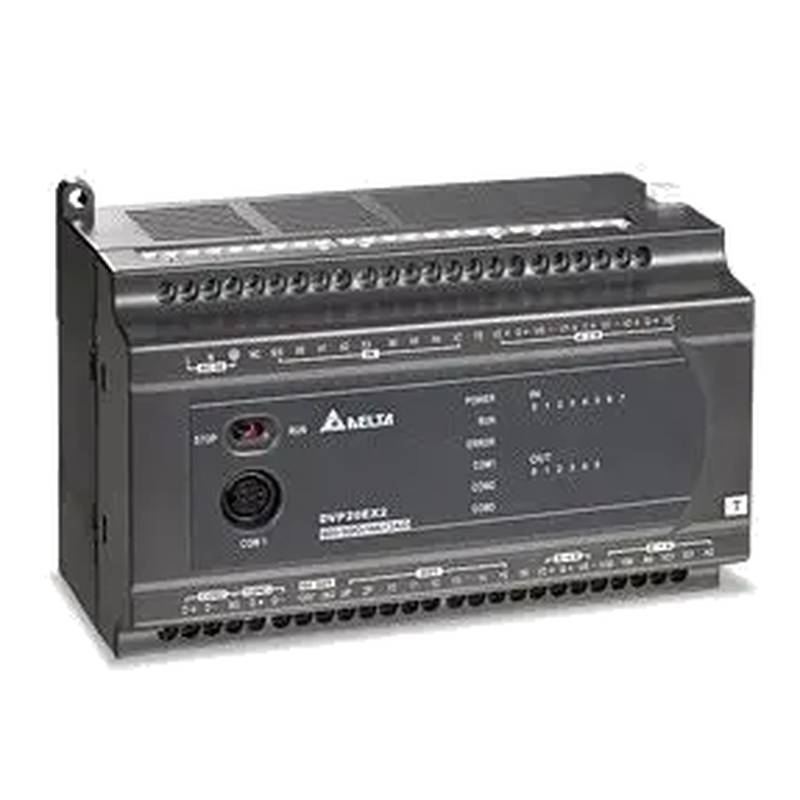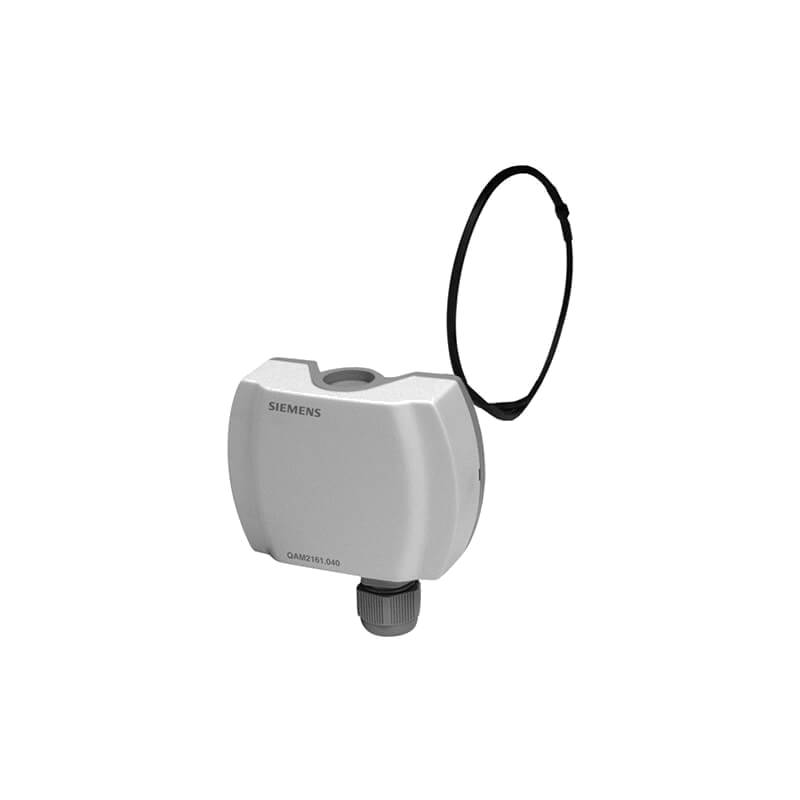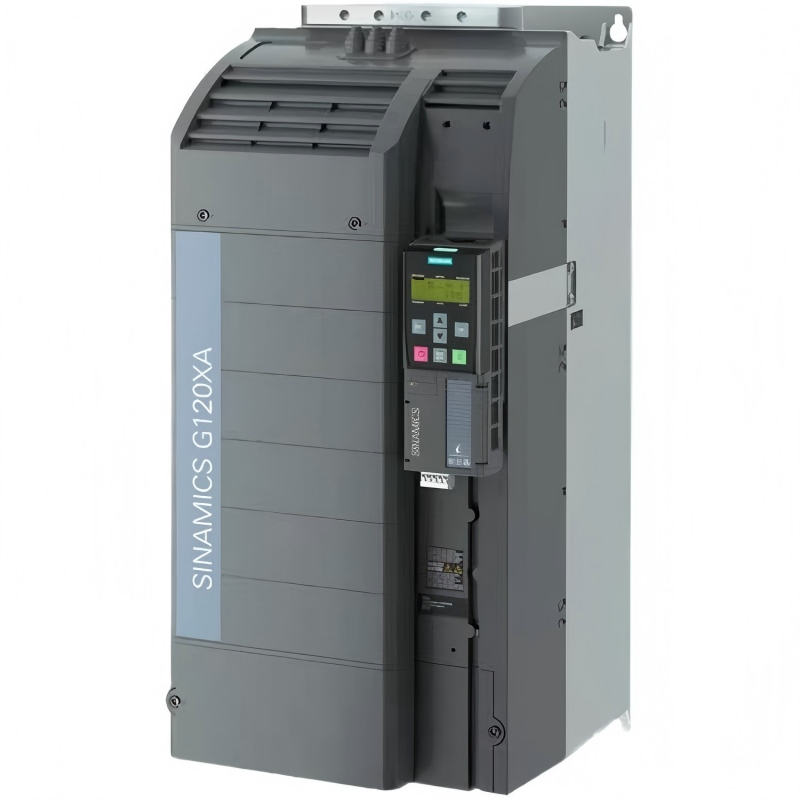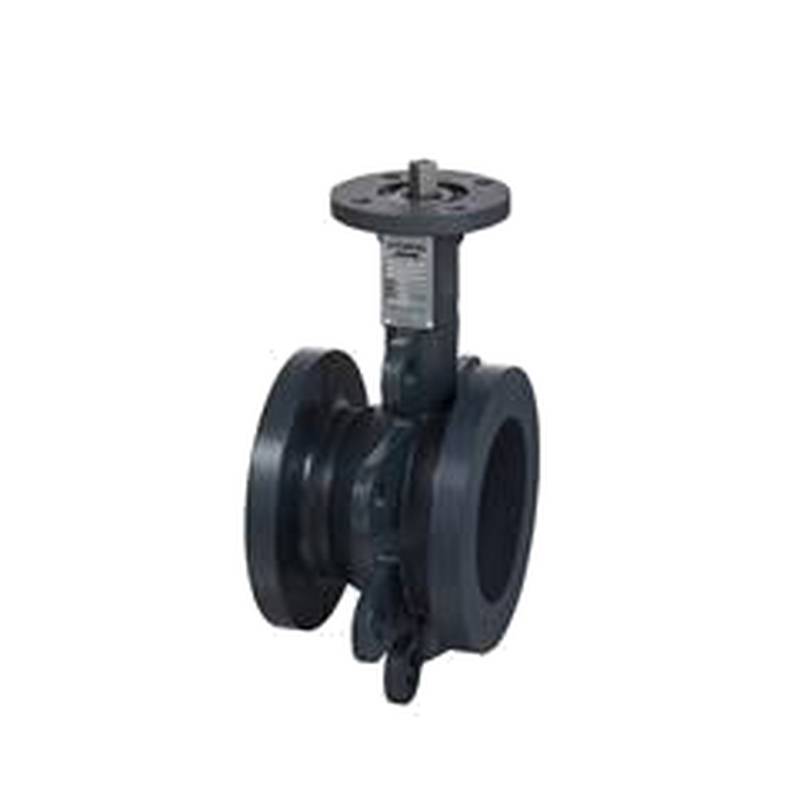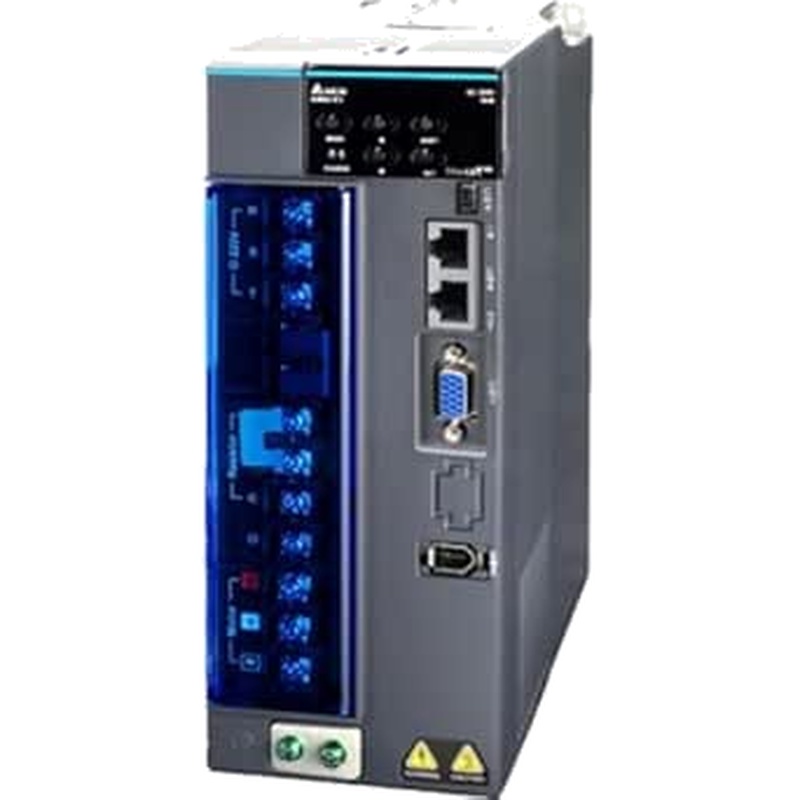
The Siemens 3RT6015-1AP01 is a robust 7A, 3-pole normally open (NO) contactor designed for standard industrial applications, operating at a 230VAC coil voltage. This IEC-rated device excels in reliability and longevity, making it a cornerstone for control circuits in diverse manufacturing environments. Its compact design facilitates space-efficient panel building, while its straightforward wiring simplifies installation. The 3RT6015-1AP01 offers superior switching performance and a high degree of operational safety, crucial for demanding industrial automation tasks.
Product Specifications
| Feature | Specification |
| :---------------- | :------------------------------ |
| Manufacturer | Siemens |
| Part Number | 3RT6015-1AP01 |
| Product Type | Standard Contactor |
| Coil Voltage | 230 VAC |
| Rated Operational Current (AC-3, 400V) | 7 A |
| Number of NO Poles | 3 |
| Auxiliary Contacts | 1 NO + 1 NC (integrated) |
| Mounting Type | DIN rail or screw mounting |
| Degree of Protection | IP20 |
| Standards | IEC 60947-4-1, IEC 60947-5-1 |
| Ambient Temperature | -25 to +60 °C |
Core Features & Market Positioning
The Siemens 3RT6015-1AP01 distinguishes itself through its inherent Siemens quality and adherence to stringent international standards, including IEC 60947. This ensures dependable operation in harsh industrial settings. Its three normally open (NO) poles are ideal for direct switching of motor loads or other inductive/resistive circuits where a simple on/off function is required. The integrated auxiliary contacts (1 NO, 1 NC) provide essential feedback for control and interlocking logic, enhancing system safety and operational visibility. Compared to generic alternatives, the 3RT6015-1AP01 offers superior contact reliability and a longer operational lifespan, reducing downtime and maintenance costs in critical applications. Its market positioning is firmly within the reliable, cost-effective segment for standard motor control and power switching duties.
Key Application Scenarios
This Siemens contactor is extensively utilized in motor control applications, such as starting, stopping, and reversing small to medium-sized three-phase motors found in conveyor systems, pumps, fans, and machine tools. It is also a suitable component for switching resistive loads like heating circuits or lighting banks within industrial facilities. The 230VAC coil voltage makes it directly compatible with standard industrial power supplies common across North America and Europe. Furthermore, the 3RT6015-1AP01 serves as a critical switching element in control panels for building automation systems, HVAC equipment, and process control loops where reliable electrical isolation and power switching are paramount.
Practical System Integration Guidance
Integrating the Siemens 3RT6015-1AP01 into control systems is straightforward due to its standard DIN rail mounting capability and clear terminal markings. For motor control, the main power terminals (e.g., L1, L2, L3 and T1, T2, T3) are connected to the motor's power supply and load, respectively. The coil is energized via the A1 and A2 terminals using the 230VAC supply. The integrated auxiliary contacts can be wired into control circuits for interlocks, status indication, or integration with Programmable Logic Controllers (PLCs). For example, the normally closed (NC) auxiliary contact can be used in a series interlock with the control circuit to prevent operation if the contactor is not fully de-energized, thereby enhancing safety.
Operation and Risk Mitigation
Safe operation of the Siemens 3RT6015-1AP01 relies on adherence to its specified electrical ratings and proper installation practices. Users must ensure the ambient temperature remains within the operational limits of -25 to +60 °C and that the coil voltage precisely matches the 230VAC supply to prevent premature failure or malfunction. Overloading the contacts beyond the 7A AC-3 rating can lead to premature wear, contact welding, or complete device failure. A common troubleshooting step for a non-actuating contactor involves verifying the 230VAC supply at the coil terminals (A1/A2) and checking for any short circuits or open circuits in the control wiring. Regular visual inspection for signs of overheating or contact wear is also recommended to mitigate risks associated with electrical faults.
Scalability & Long-Term Value
The Siemens 3RT6015-1AP01 integrates seamlessly with other Siemens industrial automation components, such as Sirius motor starters and Sirius 3RV series overload relays, forming a cohesive and scalable system. This compatibility ensures that as automation needs evolve, the existing control infrastructure can be easily expanded or upgraded without requiring a complete system overhaul. For facilities moving towards Industry 4.0 initiatives, contactors like the 3RT6015-1AP01 can be part of larger control panels that interface with digital systems through PLCs and communication gateways, enabling remote monitoring and diagnostics. This adherence to modular design principles maximizes the long-term value by preserving investment in established control architectures.
Frequently Asked Questions
Q1: What is the maximum voltage the Siemens 3RT6015-1AP01 can switch?
A1: The contactor is rated for 7A at 400V AC-3, suitable for motor loads.
Its main power poles are designed for standard industrial voltages.
The coil operates at 230VAC.
Q2: Can the Siemens 3RT6015-1AP01 be used for DC loads?
A2: This model is specifically designed and rated for AC applications.
Using it for DC loads is not recommended and may lead to failure.
Always consult the datasheet for DC switching capabilities if needed.
Q3: How do I wire the auxiliary contacts on the Siemens 3RT6015-1AP01?
A3: It features one normally open and one normally closed auxiliary contact.
These are typically used for control logic and feedback signals.
Refer to wiring diagrams for specific interlocking or monitoring circuits.
Q4: What is the significance of the AC-3 rating for this contactor?
A4: AC-3 rating signifies suitability for starting squirrel-cage motors.
It accounts for the higher inrush current during motor start-up.
This rating ensures reliable switching of motor circuits.
Q5: Is the Siemens 3RT6015-1AP01 suitable for frequent switching cycles?
A5: Yes, Siemens contactors are built for industrial durability.
It offers a long electrical and mechanical service life.
Its robust design supports demanding operational schedules.
Q6: What happens if I use a coil voltage other than 230VAC?
A6: Using an incorrect coil voltage can damage the contactor.
Higher voltages may cause overheating and insulation breakdown.
Lower voltages may prevent proper coil energization and switching.
Q7: How do I mount the Siemens 3RT6015-1AP01 contactor?
A7: It can be mounted on a standard 35mm DIN rail.
Screw mounting is also an option for fixed panel installations.
Ensure secure mounting to prevent vibration-induced issues.
Q8: What are common failure modes for this type of contactor?
A8: Contact welding due to overload or sustained arcing is common.
Coil burnout from overvoltage or prolonged energization can occur.
Mechanical wear on moving parts can also lead to malfunction.
Q9: Can this contactor be used in hazardous environments?
A9: The 3RT6015-1AP01 has an IP20 degree of protection.
This means it is protected against solid objects larger than 12.5mm.
It is not suitable for environments with dust, moisture, or explosive gases without additional enclosures.
Q10: What is the service life expectancy of the Siemens 3RT6015-1AP01?
A10: Service life depends heavily on application specifics.
Factors include switching frequency, load type, and ambient conditions.
Siemens industrial components are engineered for longevity under specified conditions.
















